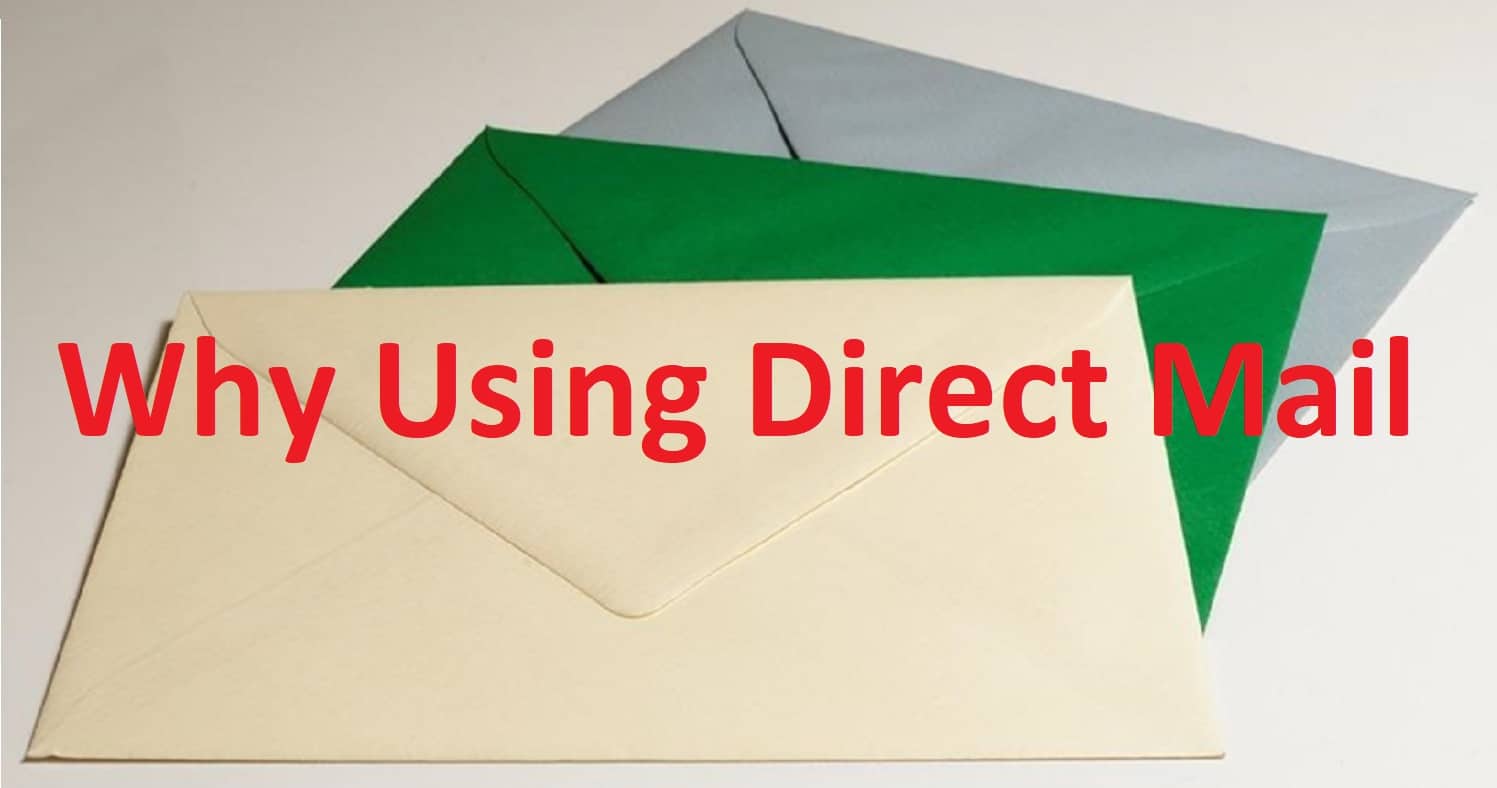Are you using Direct Mail?
Customer retention is a core metric for almost every kind of ecommerce site you can imagine. With the sheer quantity of options available to an online buyer, making a one-off sale isn’t that big an achievement; it’s keeping them coming back that makes a business a success.
An immense level of importance is placed on the period following a new customer’s first purchase. Unless you have an incredible and unique experience that wows a customer into instant loyalty, the clock is ticking before they move on and forget all about you.
So what do you do? Email them three times each day? Barrage them with trials, offers, schemes, and resources? Write a song about them and upload it to YouTube?
Well, no. Don’t do any of those things (especially that last one). The best thing you can do is go for something tasteful but capable of leaving a good impression, and assuming you read the title of this piece, you should realize I’m talking about direct mail.
Direct mail, though? Isn’t that behind the times? No! With an all time, historical high response rate of 5.7%, it’s actually still with the times, because it works extremely well alongside email campaigns, social media marketing, and all the other forms of customer outreach used in the ecommerce world.
Let’s take a look at how you can use direct mail to win over those precious new customers.
Identify Your Targets
You’re aiming for your new customers, yes, but that doesn’t mean you’ll want to send the same piece of direct mail out to every single one of them. The extent to which you should segment them (and come up with ideas to match) will depend on factors including how much time you can commit to your marketing and how much their preferences differ.
Start by considering the following questions about your customers:
- What did they buy?
- How much did they spend, and on what? Are there any follow-up materials they might find useful?
- Why did they buy from you?
- Why your store and not another? Your pricing, your style, your quality? Your location? What stood out about your value proposition?
- What else might they want to buy?
- Compatible product accessories? Additional shipments (common with food items)?
- What might stop them from buying from you again?
- Did they buy items that are generally one-off purchases or were priced as a clearance item? Are they unlikely to have the disposable income to place further orders?
If you’re operating in a fairly niche market, you’ll probably have decent results aiming one concept at all of your new customers; after all, their interests should be broadly in alignment.
If you have a diverse array of products, though, you’ll likely need to whittle down your recipient list to make sure your creative angle really lands. (There’s no point in spending money on copies that will just get thrown out and end up making customers even less likely to buy again.)
Review Formats and Materials
Direct mail can be produced in a variety of shapes, sizes, formats and materials. There are brochures, magazines, postcards, leaflets, gift cards, pop-up constructions, basic letters, and many other interesting options to explore.
Think about all the possibilities: what stands out to you? What fits your brand and reflects your plans for the future? What suits your preferred content style and would delight your customers?

Pop-up content really catches the eye.
Most fundamentally, what would you have as the tangible objective of any given piece of mail? Place another order? Sign up to your newsletter? Follow you on Twitter? These questions will inform your format choices; a hefty brochure is unlikely to spark a social media follow, after all.
You don’t need to choose a format (or formats) quite yet, but you might be able to rule some out, and you’ll at least get a solid idea of the options available. That’ll stand you in good stead for the next step.
Come up With Ideas
There’s never any avoiding this stage! It’s an essential part of the process, and it’s time to get on with it once you’ve chosen your audience and got to grips with the possibilities of direct mail.
To help with the creative process, think about letters you’ve received that really caught your attention, and try looking to some other direct mail campaigns for inspiration.
You don’t need to write any content at this point; just decide roughly upon how exactly you want to be approaching your customers; the tone, the format, the message, etc.
For one basic example, you might want to send each one of them a postcard that thanks them for buying, briefly summarizes why you’re proud of your brand, and offers them 30% their next order if they follow you on Facebook (incentivizing another order and giving you another avenue through which to reach them).
Get the Printing Lined Up
Unless your ecommerce business produces bespoke documents and other collateral, you won’t want to be making the direct mail yourself. You need a service to handle that for you, and thankfully there are plenty of custom printers around.
Before you begin, you’ll need to think about the format you want, your location, the volume you need, how quickly you need things delivered, and the budget you have allocated to the project. You must also consider that you will ultimately need the items to be packaged and shipped specifically to the customers, tying into your internal records.
If your store happens to operate through a DIY eshop creator such as Shopify, bear in mind that you have convenient (though relatively basic) options available to that allows you to quickly and easily send customized (and trackable) mailers. You could make decent use of one of those options for a trial direct mail campaign. The available formats would be limited, but you’d keep the time and resource investment to a minimum and make it easy to tell if the ROI justified continuing with the concept in your case.
Direct mail is incredibly fast as well, as companies can use automated data flows to ensure quick turnaround times and accuracy. Nightly uploads to a data-secure printer that handles same-day insertions into the mail stream enable you to get your customers’ attention offline within a few days of their online activity. So don’t ignore DM for your ongoing sales and marketing activities— it’s not just an option for a seasonal mailer.
Create the Content
Once you’ve decided who you’ll be mailing, what you’ll be mailing them, what the purpose is, and how you’ll be getting it done, you’re ready to get the content done.
Remember to make it bold and simple. Your customers may well find more time to read letters than they would to read emails, but their attention spans won’t be that much longer. Here are some general tips:
- Choose the clearest font you can find
- Use visuals carefully but strikingly
- Personalize, but tastefully
- Push towards action
- Show personality
- Keep it succinct
You may be contacting people who’ve purchased from you before, but the different medium allows for an impact not dissimilar to that of a first impression. You’re taking them from an abstract online retail system to something tangible they can hold in their hands.
Think of it as a second first impression—and make it a good one!
About Author: Kayleigh Alexandra is a content writer for Micro Startups — a site dedicated to spreading the word about startups and small businesses of all shapes and sizes. Visit the blog for the latest marketing insights from top experts and inspiring entrepreneurial stories. Follow us on Twitter @getmicrostarted.




In Need of a Good VPN? Here is a List Based on Reliability, Speed, and Security
Yahoo Search Engine: Overview and Features